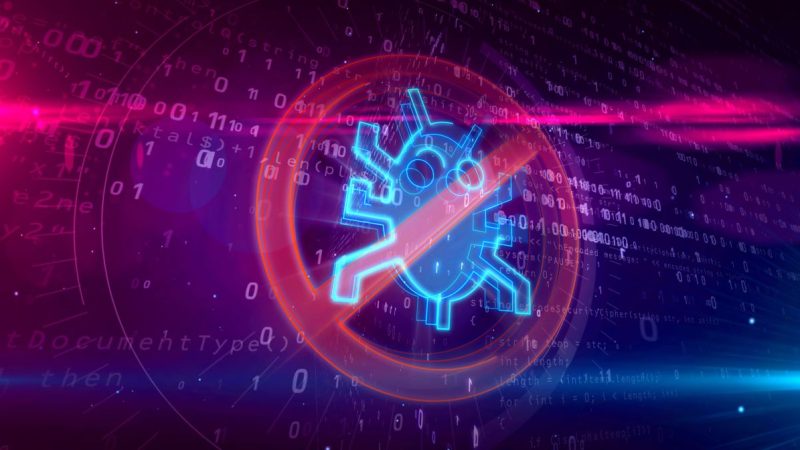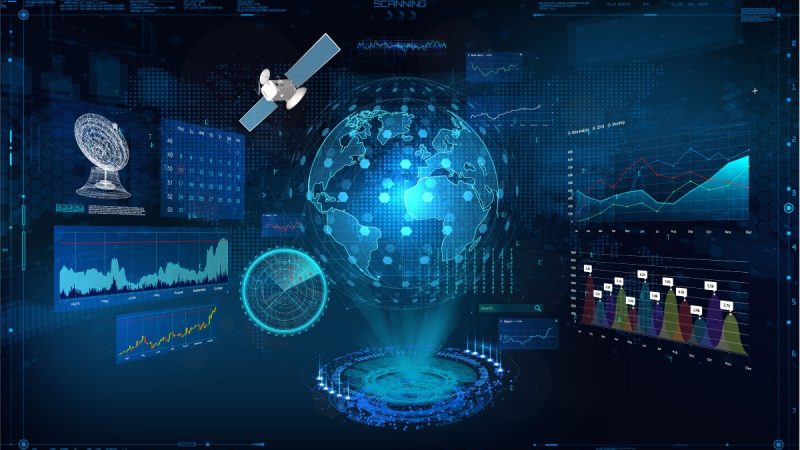
I’m sure most of us are familiar with allowlisting. It’s the idea of filtering applications (or emails, depending on the context) and allowing only those that are explicitly listed.
Well, what about ‘bluelisting’, i.e using a database of digital fingerprints to find pornographic content on a drive?
It’s easy to see why such a solution might be attractive. It could help parents to shield their children from pornographic content. It could help businesses avoid the HR and legal fallout from the presence of such content on corporate systems and eliminate the hit on corporate bandwidth associated with pornographic downloads. And it could help law enforcement agencies track down those storing illegal images.
However, it seems to me that while such an approach may tell us ‘What?’ and ‘Where?’, it does little to tell us ‘Who?’ and ‘How?’; and these are the key questions in a forensic investigation. There have already been several cases of people accused of downloading pornographic content who have claimed that a Trojan was responsible for the download: man cleared of porn charges, trojan responsible for porn and new trial in porn case.






















Bluelisting – pros and cons